by Louise Irvine
According to the grinning Cheshire Cat in Alice’s Adventures in Wonderland, “we’re all mad here. I’m mad. You’re mad.” “How do you know I’m mad?” said Alice. “You must be or you wouldn’t have come here.” The March Hare and the Hatter are especially mad according to the Cat and Alice thought it would be interesting to visit the March Hare.” “Perhaps as this is May it won’t be raving mad – at least not so mad as it was in March.”
Sacred Hares
Hares behave strangely throughout their breeding season which peaks in March. They jump into the air for no reason and box other hares, behaviors that were first deemed mad in medieval literature such as Chaucer’s Canterbury Tales. The expression harebrained was first used to describe a foolish person in the 16th century.
Hares have been revered as fertility symbols since pre-Christian times and were sacred to the pagan goddess of spring. Hares are also symbols of night and have been associated with witches who are reputed to take their shape to escape pursuit. With their unusually long hind legs, hares can reach up to forty miles an hour.
Easter Bunnies
Hares are often confused with rabbits and the potent pagan symbolism of the hare was absorbed into the Christian festival of Easter as a fluffy bunny rabbit. Bunny is derived from “bun,” a provincial word for a tail. Beatrix Potter’s Benjamin Bunny and Peter Rabbit are probably the world’s most famous rabbits and Royal Doulton Bunnykins has been a popular nursery pattern since the 1930s. There are lots of whimsical rabbits and hares in the WMODA collection and like Alice, you can follow the White Rabbit down the rabbit hole in our upcoming scavenger hunt around the museum.
Harebrained Ceramics
Originally, the hare’s religious associations and supernatural status made them too special to be eaten. However, sports such as hare coursing developed with greyhounds and this was satirized in Charles Noke’s whimsical figure for Royal Doulton in 1913 depicting a Hare in Hunting Dress. The Minton and Wedgwood factories made Majolica game pie dishes adorned with hares.
Royal Doulton artists have also produced realistic studies of hares in their natural habitat such as the Snowshoe Hares by Robert Jefferson. The zaniest Royal Doulton design is the March Hare character jug modeled Bill Harper for the Alice in Wonderland collection and WMODA has a rare prototype version with Alice in the handle.
A Mad Tea Party
The phrase “mad as a March Hare” has been in continuous use since the 16th century and was popularized by Lewis Carroll in 1865. The March Hare lives in a house on the outskirts of Wonderland where the roof is thatched with fur and the chimneys are shaped like ears. At a large table outside, the March Hare and the Hatter were having tea when Alice joined them despite their frantic claims that there was no room.
The March Hare takes great pleasure in frustrating Alice, accusing her of rudeness for sitting down uninvited and offering her wine when there is none. John Tenniel, the original illustrator of the March Hare drew straw in his hair to denote he is mad. In The Nursery Alice, published in 1890, Lewis Carroll wrote: “that’s the March Hare with the long ears, and straws mixed up with his hair. The straws showed he was mad--I don’t know why. Never twist up straws among your hair, for fear people should think you're mad!”
At the Believe the Impossible fashion show at WMODA, the March Hare was played by Gabriel Ugas. His glass vest was designed by Chelsea Rousso and he was dressed in fabrics exclusive to Thibaut. Experience more of his mad antics at WMODA on April Fool’s Day at Encore & Finale · Glass Fashions in Wonderland.
An Unbirthday Party
In Disney’s 1951 cartoon, the March Hare and the Mad Hatter are celebrating an Unbirthday Party when Alice arrives. The White Rabbit is late as usual and the Hatter explains that his watch is two days slow. With the March Hare’s assistance, the Hatter fills up the watch with jam, lemon juice and tea and it goes mad, much to the dismay of the White Rabbit as it was an Unbirthday gift.
On February 25, we celebrated my birthday with some teatime nonsense serving TEAquila, Teapots and Tarts. Dr. Unjeria Jackson displayed some of the craziest teapots from her vast collection and we highlighted some of the absurd teapots at WMODA, including Ardmore designs for sale in the museum shop.
The Mad Hatter
Time is forever stuck at teatime for the Hatter in Wonderland. He was accused of trying to murder time when he sang Twinkle Twinkle Little Bat for the Queen of Hearts and she sentenced him to death. He kept his head but time stuck at 6 o’clock. The Hatter is even madder than the hare, no doubt afflicted by mercury poisoning from the felt curing process used to make hats in Victorian times. Prolonged exposure to mercury vapors caused muscular tremors and twitching limbs caused Hatter’s shakes as well as confused speech.
Interestingly, he is not actually called the Mad Hatter by Lewis Carroll although the Cheshire Cat claims he is mad. Alice gets frustrated by all the unanswerable riddles, nonsensical poetry and endless tea drinking at the mad party and eventually gives up exclaiming “It’s the stupidest tea-party I was ever at in all my life!”
Read more...
Watch Disney’s Unbirthday Party
Watch the mad watch scene from Disney’s Unbirthday Party
See the March Hare and the White Rabbit in action again at WMODA on April 1
See what fun we had at the Mad Tea Party on February 25
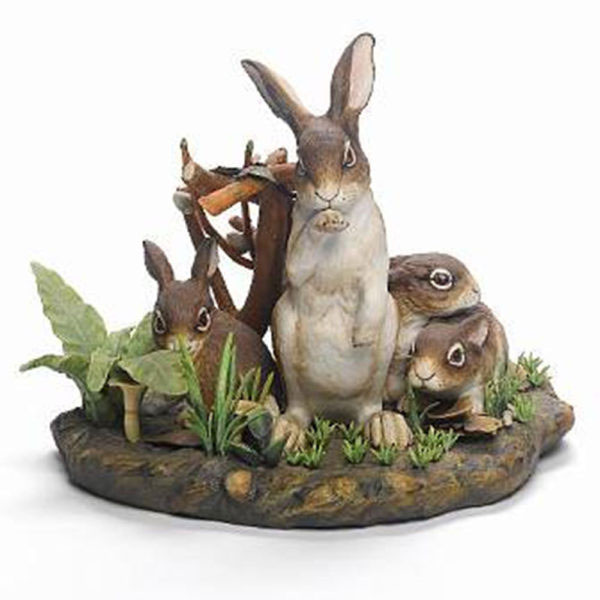
Royal Doulton Snowshoe Hares by R. Jefferson
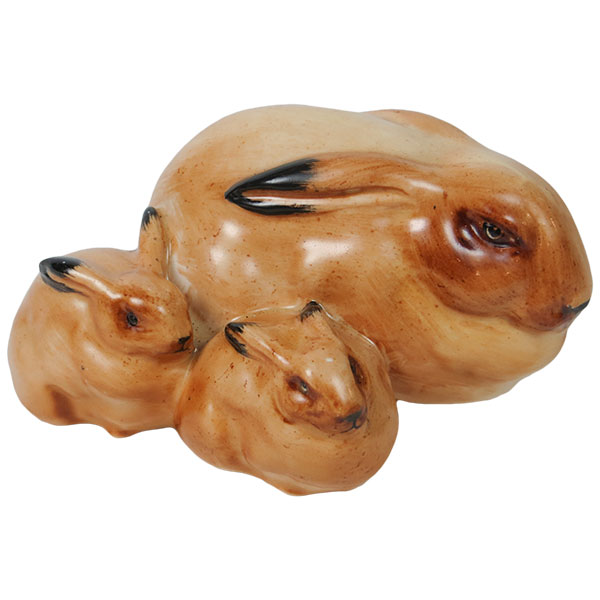
Royal Doulton Hare & Leverets
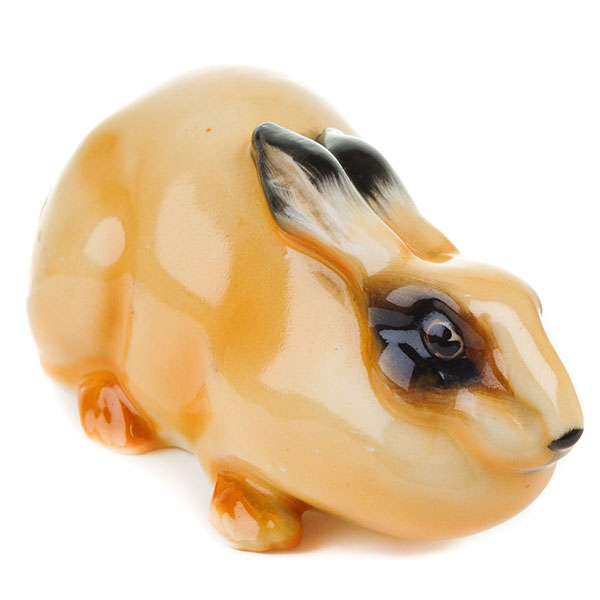
Royal Doulton Hare
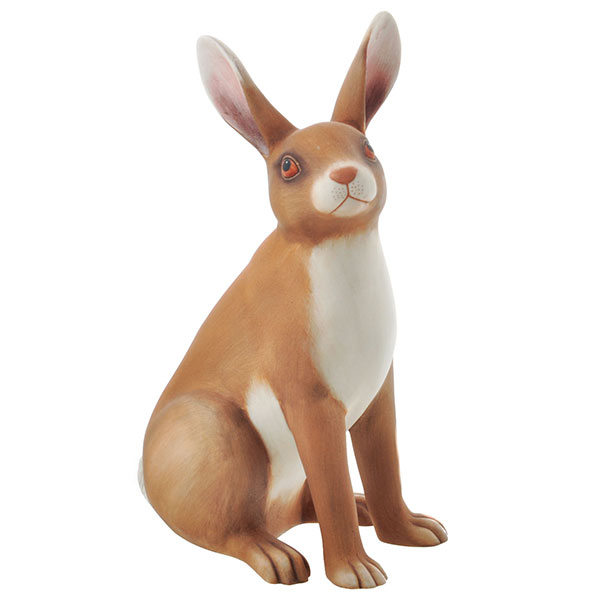
Royal Doulton Prototype Hare
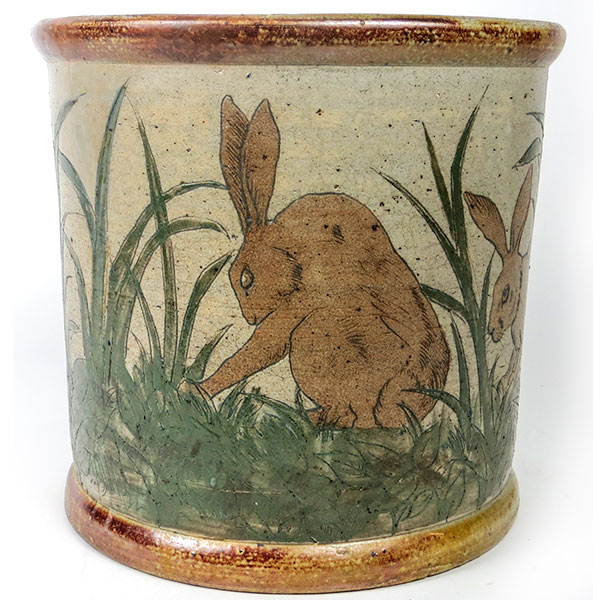
Martin Ware Jardiniere
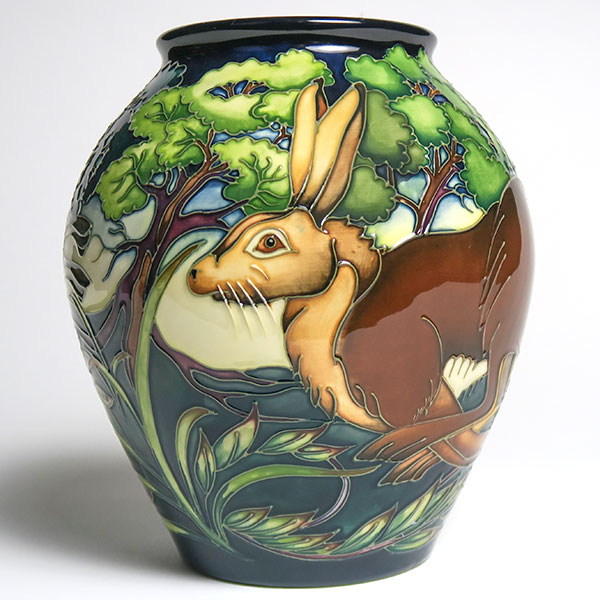
Moorcroft Hare trial vase by P. Gibson
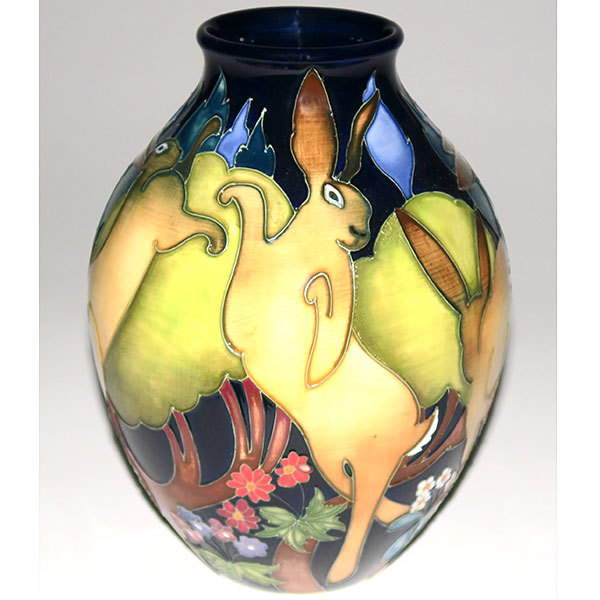
Moorcroft Boxing Hares Trial
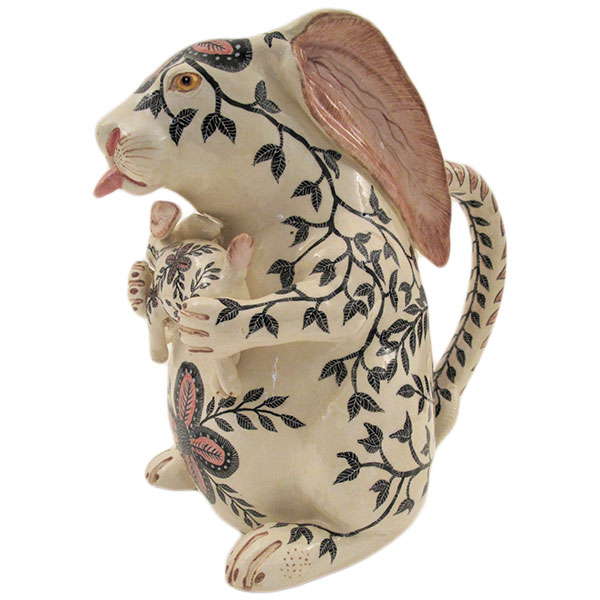
Ardmore Rabbit Jug
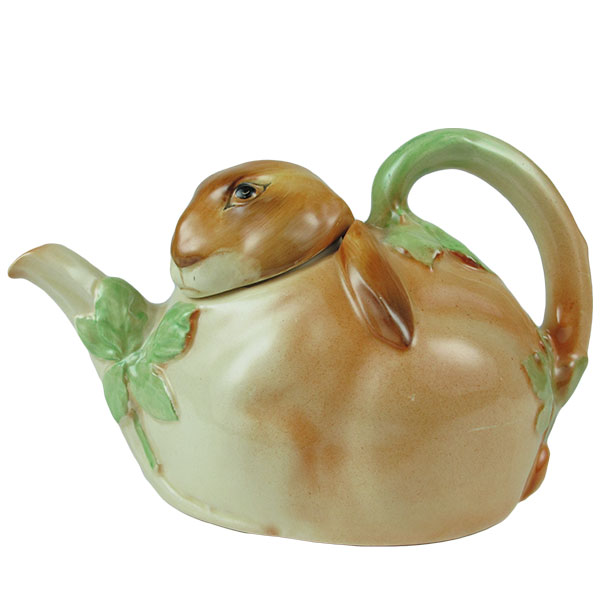
Royal Doulton Bunnykins Teapot
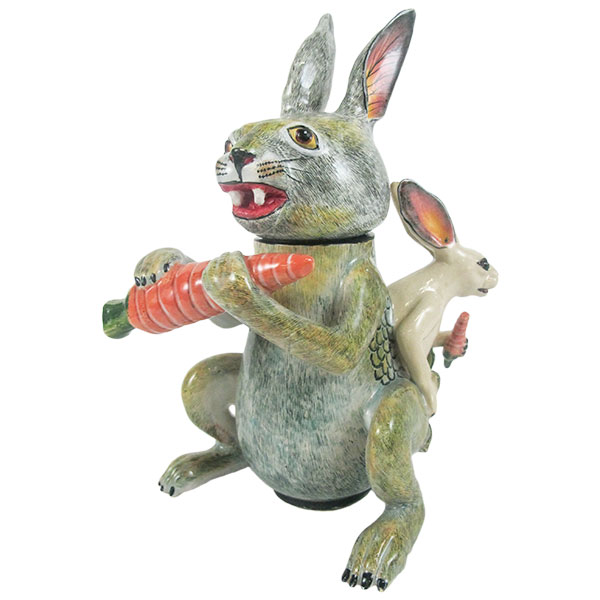
Ardmore Rabbit
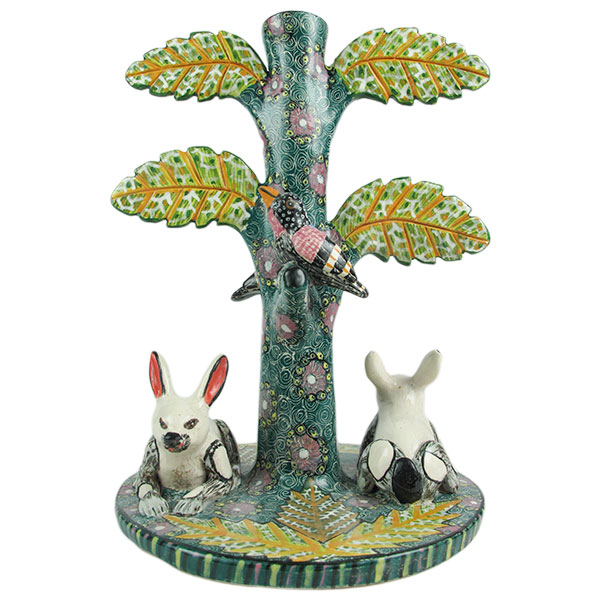
Ardmore Rabbits
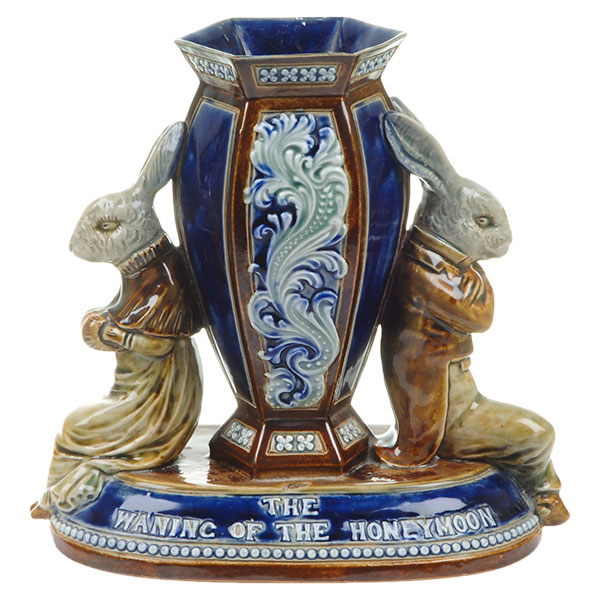
Doulton Waning of Honeymoon M.V. Marshall
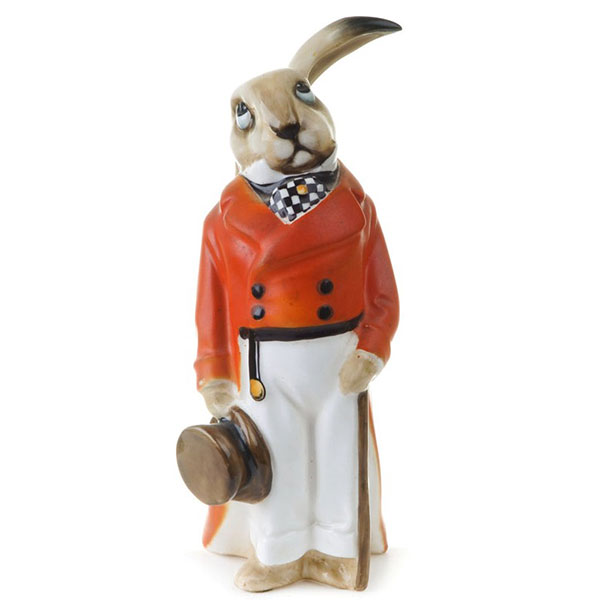
Royal Doulton Hare in Hunting Dress
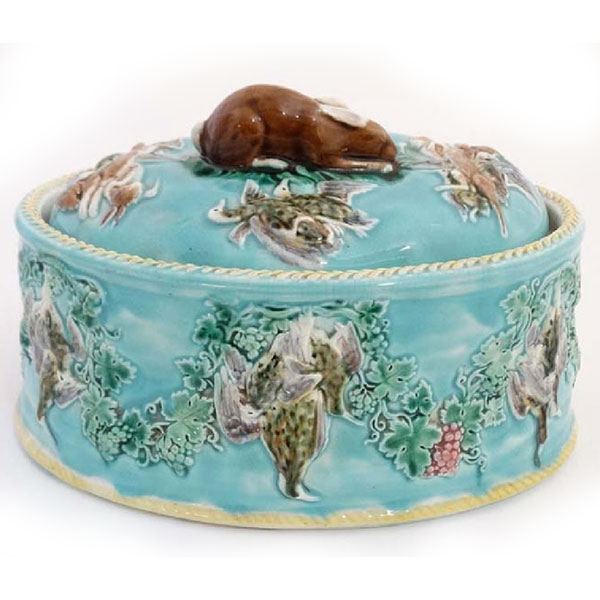
Wedgwood Majolica Game Pie Dish
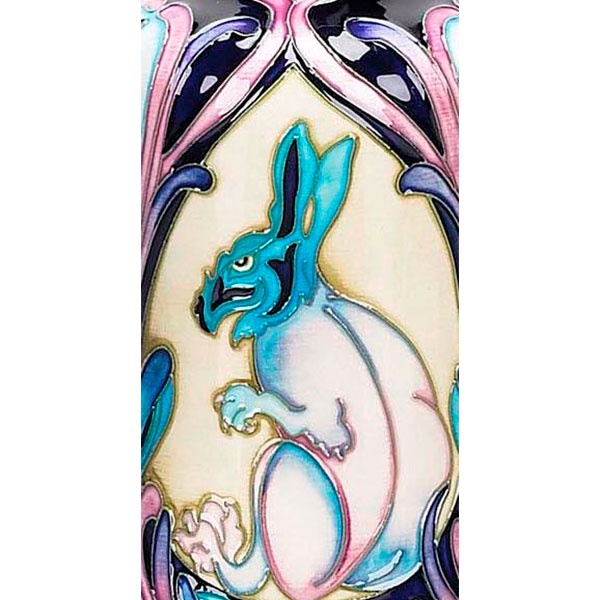
Moorcroft Moroccan Myths Vase detail with Scary Hare
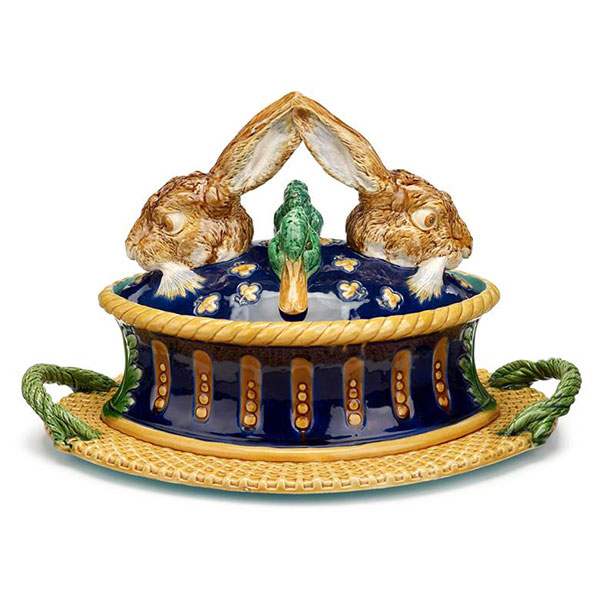
Minton Majolica Hare and Mallard
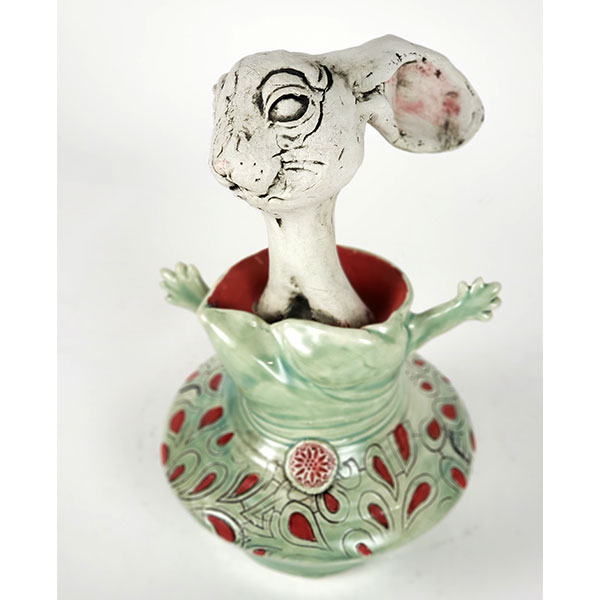
Bunny Vase by A. Ligmont
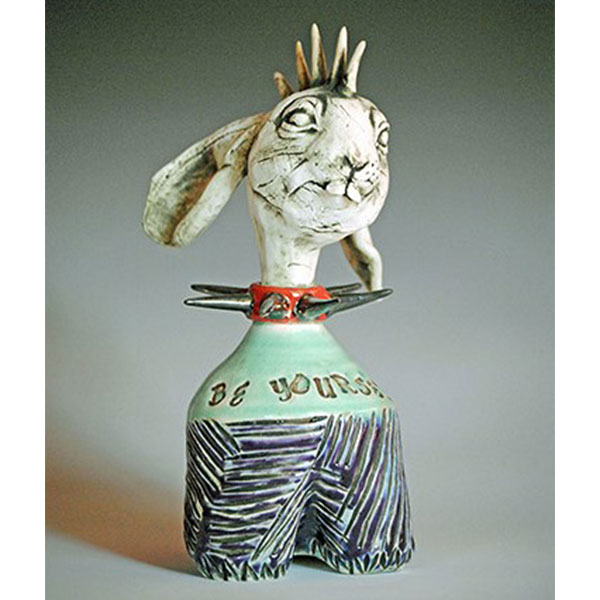
Be Yourself by A. Ligmont
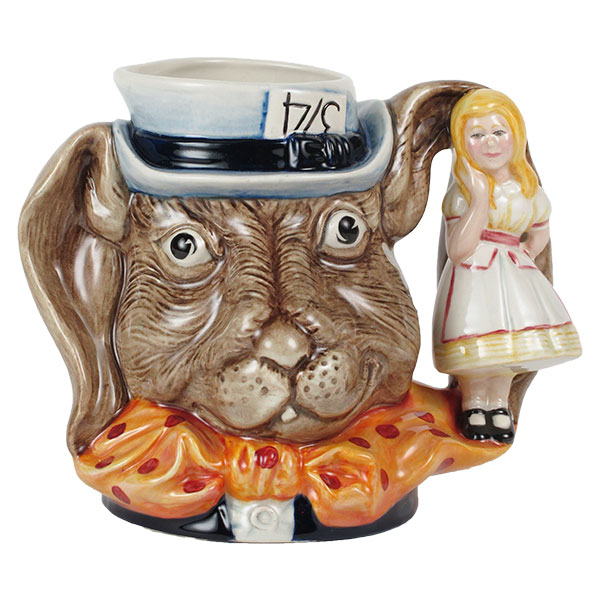
Royal Doulton March Hare Prototype
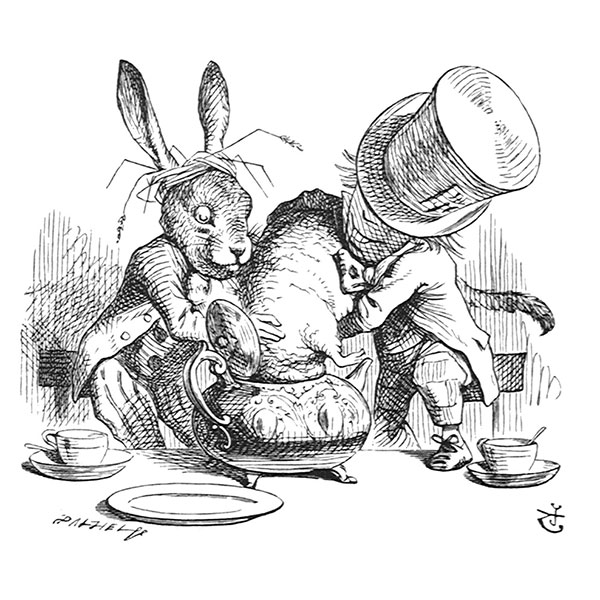
Mad Hatter Dormouse & Rabbit
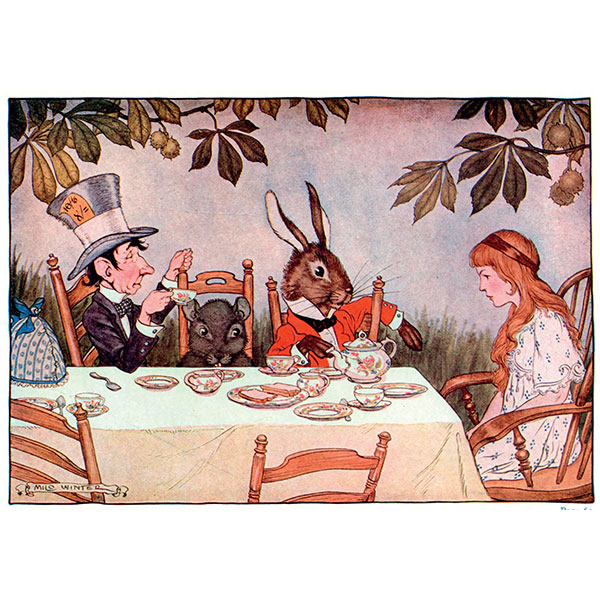
Mad Hatter Tea Party by M. Winter
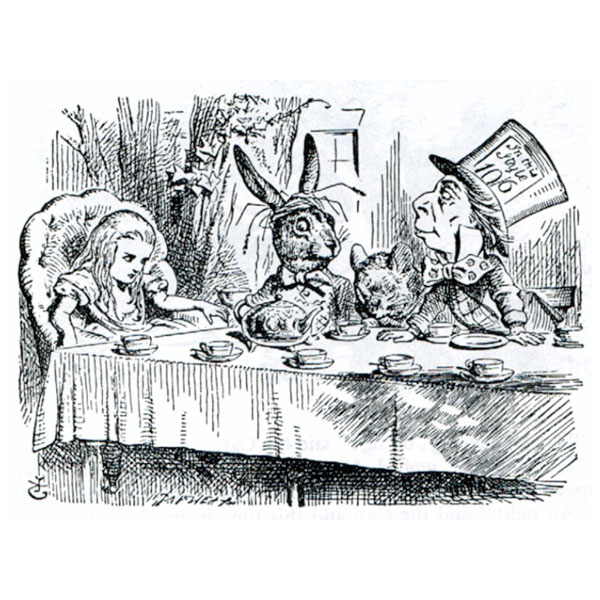
Mad Hatter's Tea Party by J. Tenniel
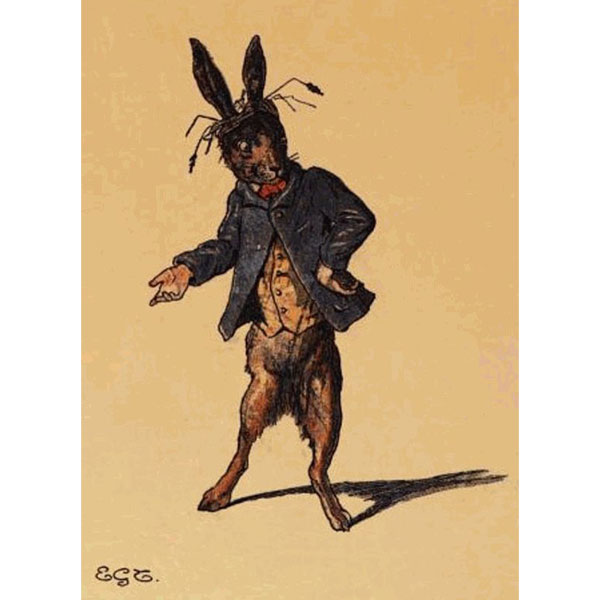
March Hare Alice in Wonderland
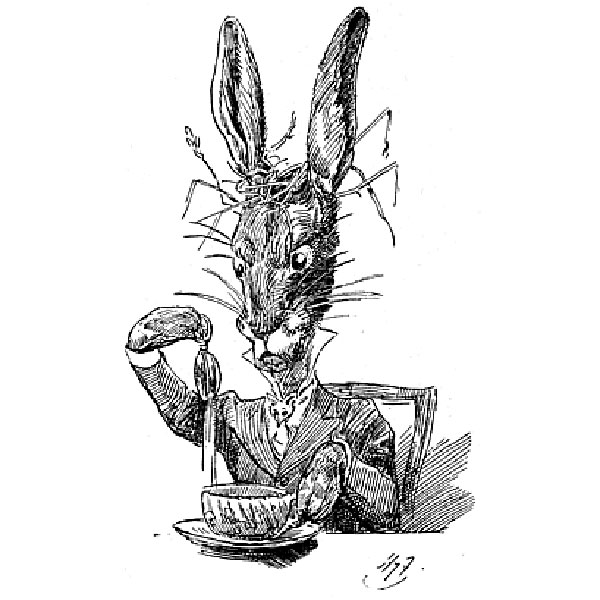
March Hare by H. Furniss
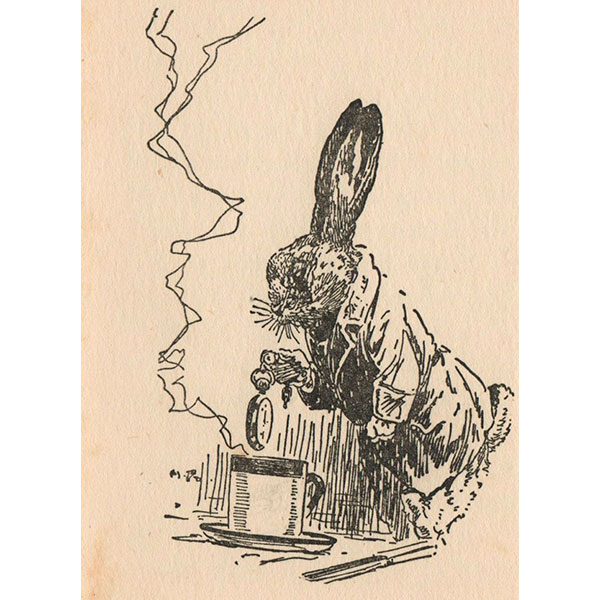
March Hare by H. Rountree
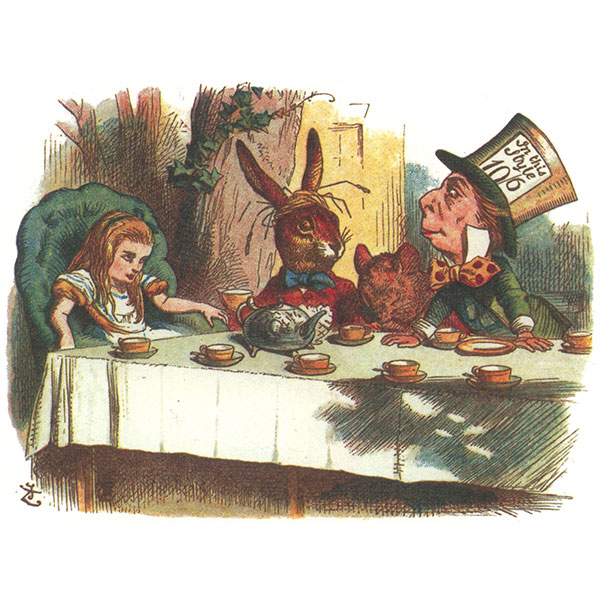
Nursery Alice Mad Hatter's Tea Party by J. Tenniel
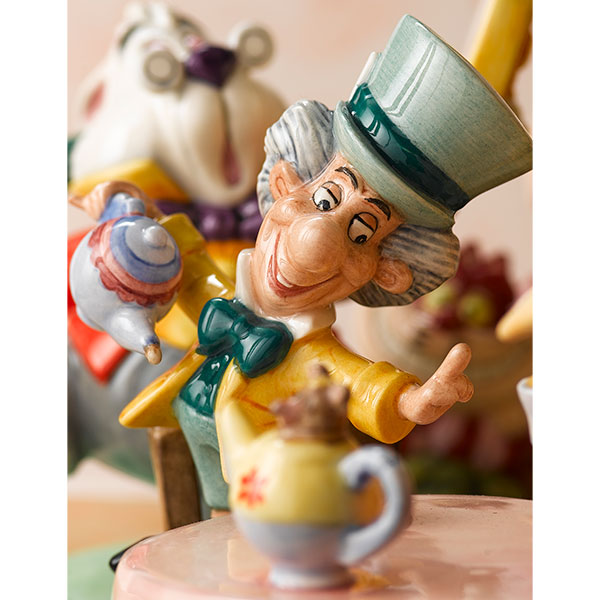
Royal Doulton Mad Hatter Tea Party detail
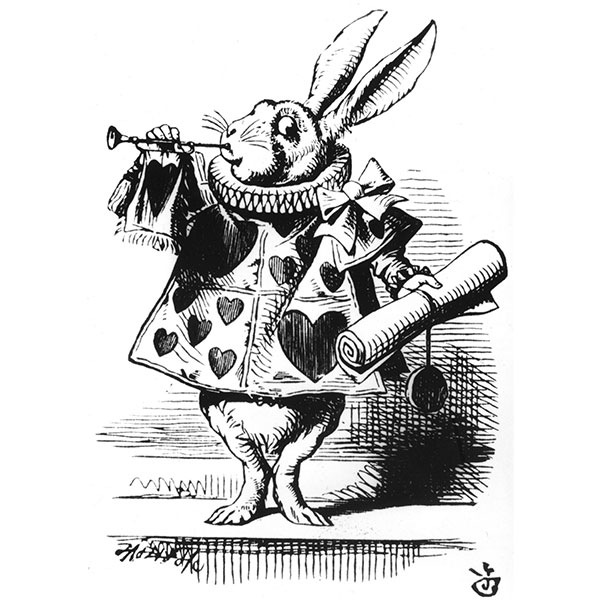
White Rabbit as Herald by J. Tenniel
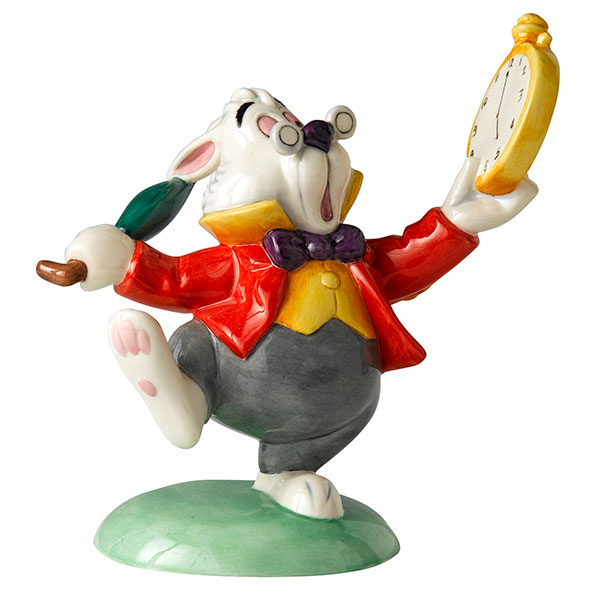
Royal Doulton Disney White Rabbit
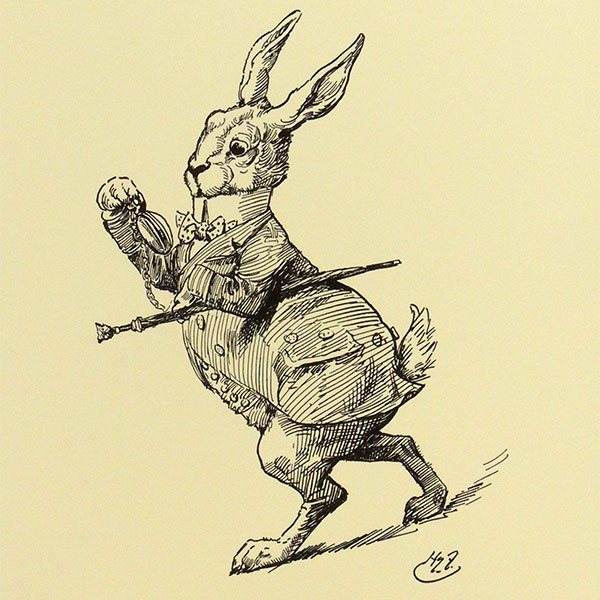
White Rabbit by H. Furniss
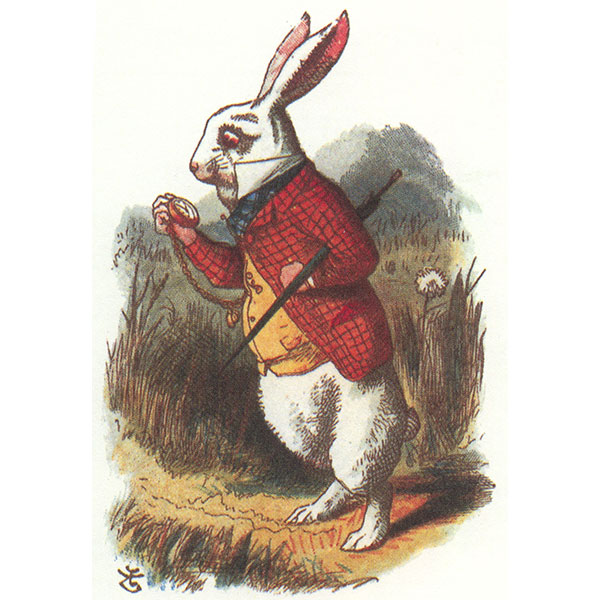
White Rabbit by J. Tenniel
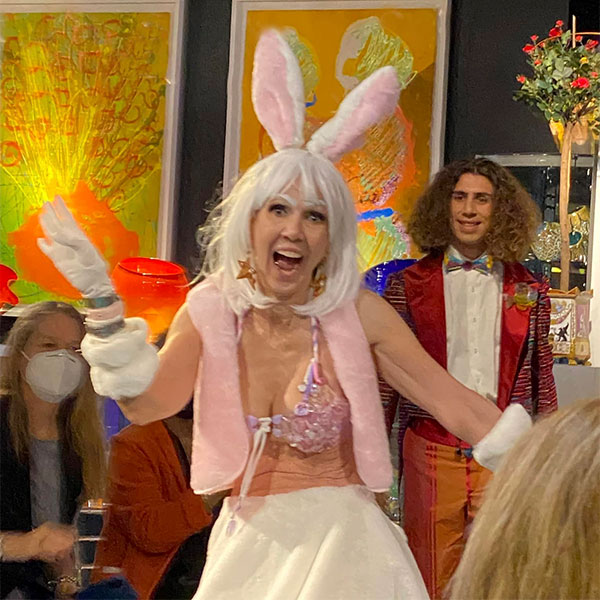
Dr. Gretchen Heinsen - White Rabbit photo by Ken Evans
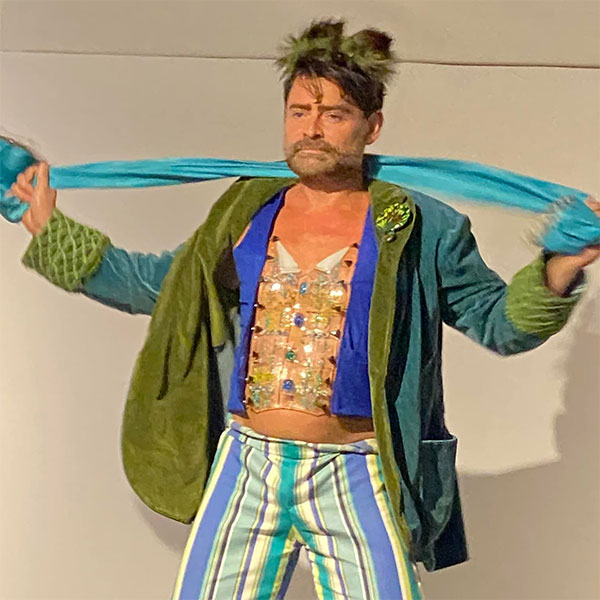
Gabriel Ugas - March Hare photo by Joyce Davis
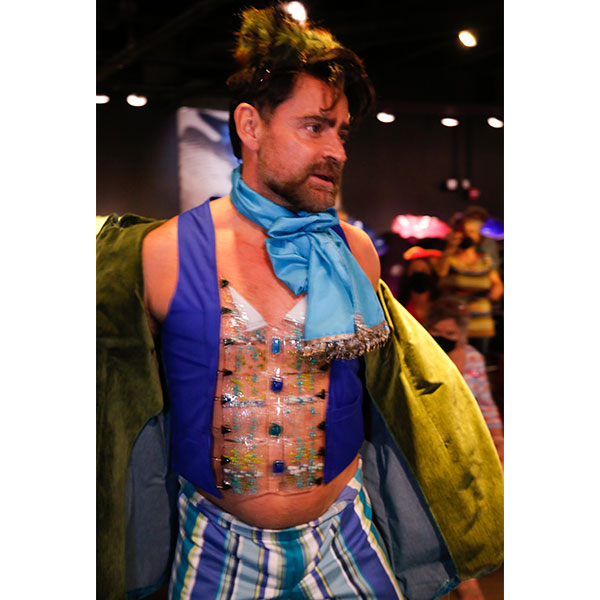
Gabriel Ugas - March Hare photo by Suzanne Barton
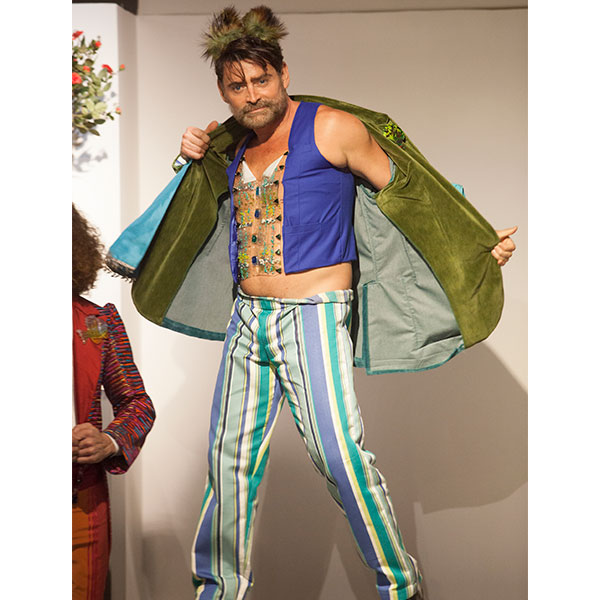
Gabriel Ugas - March Hare photo by Suzanne Barton
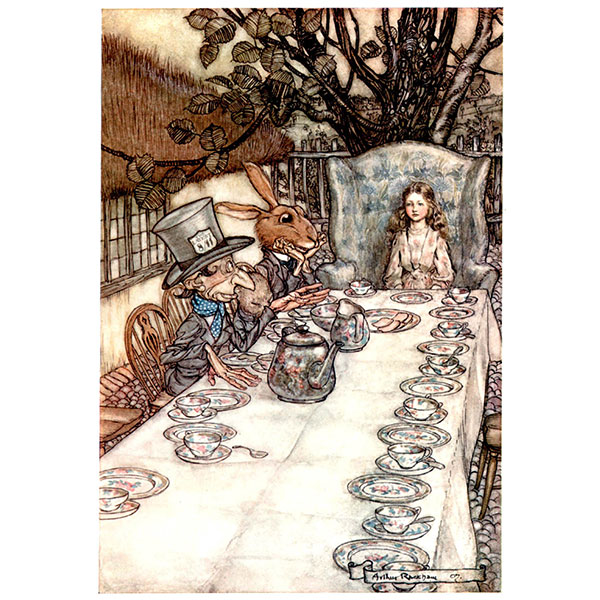
Mad Hatter Tea Party by A. Rackham
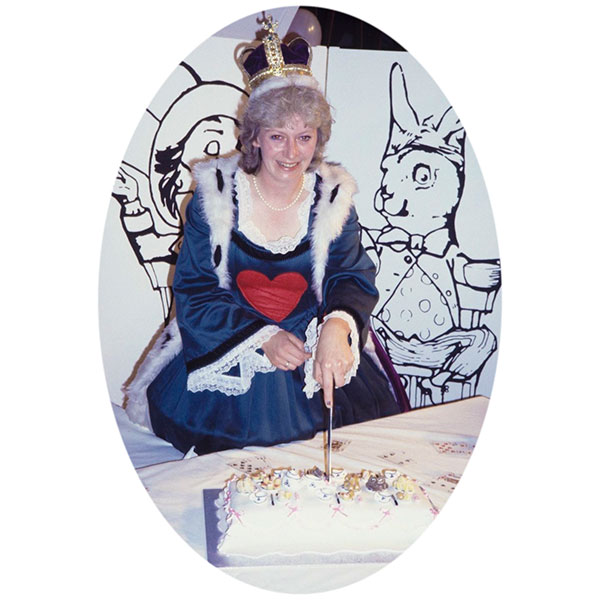
Louise Irvine as Queen of Hearts
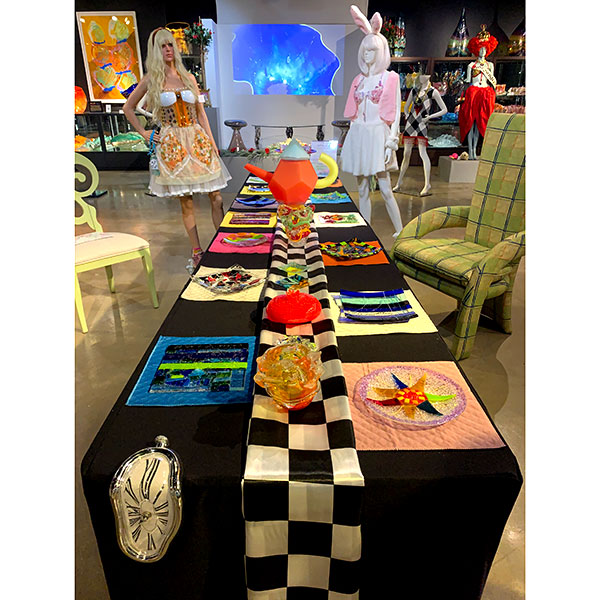
Queen of Hearts Table photo by Suzanne Barton
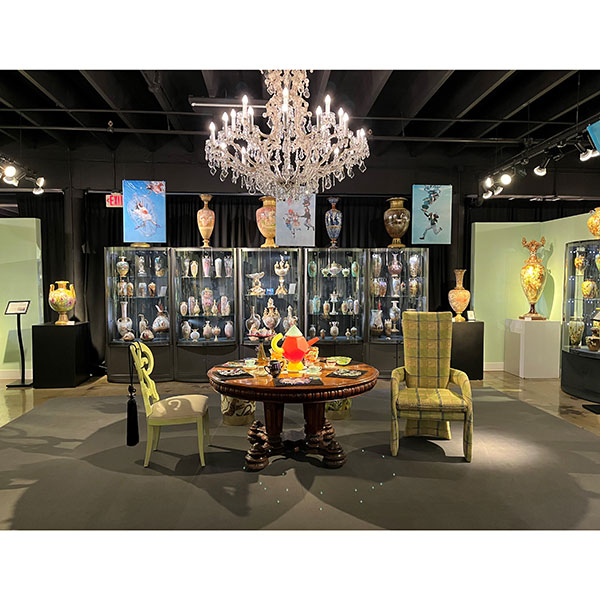
A Mad Tea Party at WMODA
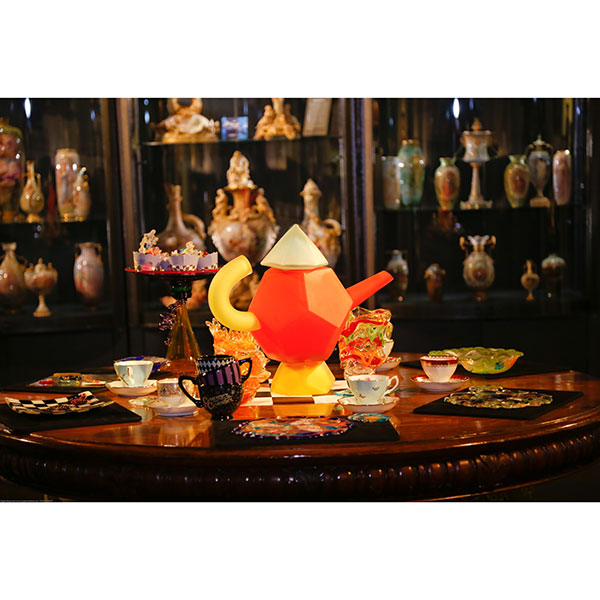
Mad Tea Party photo by Suzanne Barton
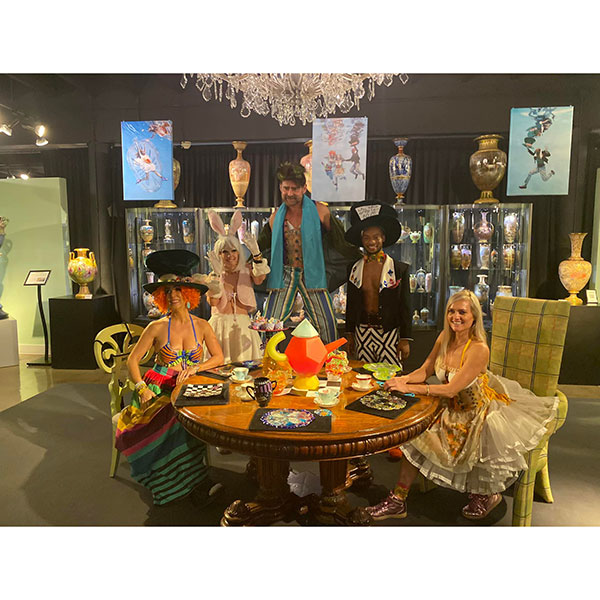
A Mad Tea Party at WMODA on January 22
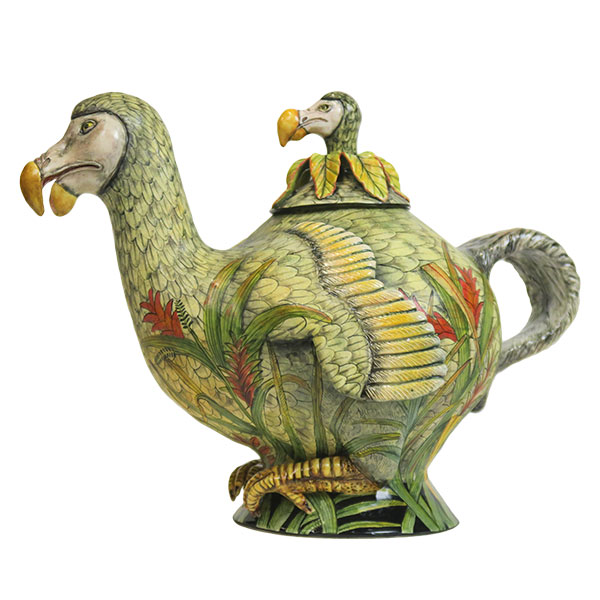
Ardmore Dodo Teapot
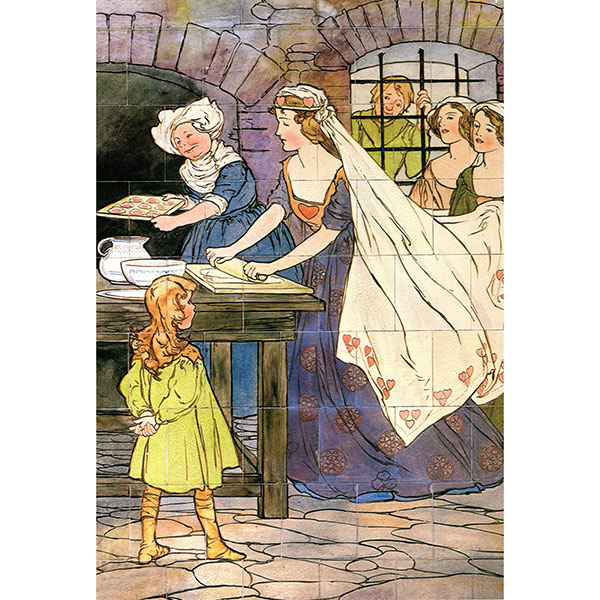
Royal Doulton Queen of Hearts making Tarts Tile Panel by M. E. Thompson
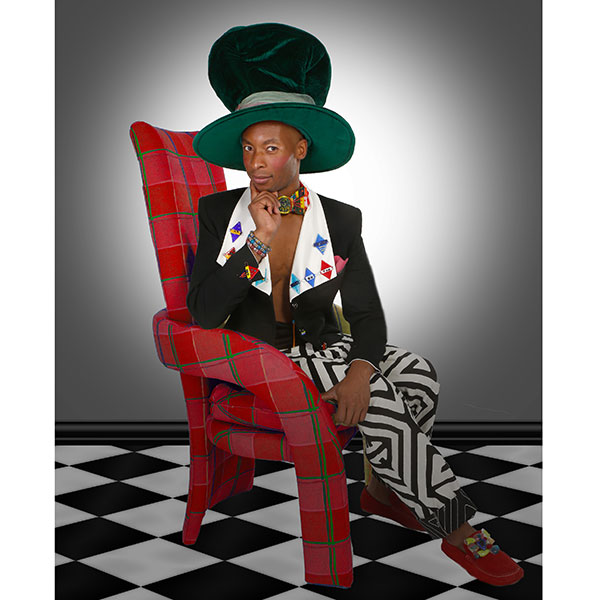
Mad Hatter photo by Suzanne Barton
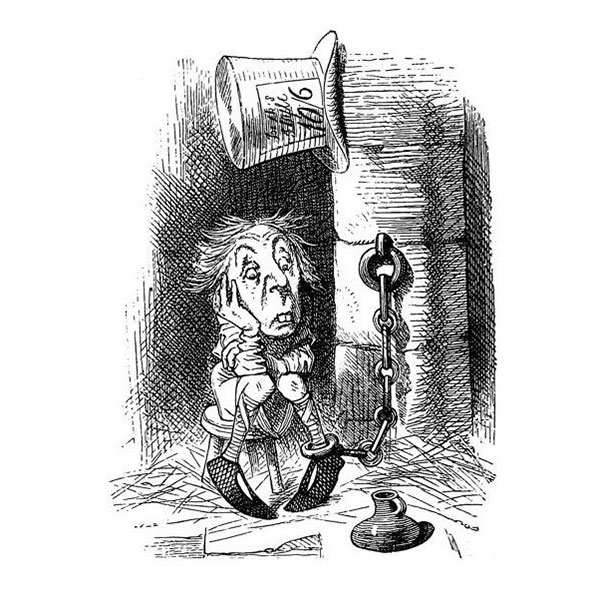
Mad Hatter in Prison
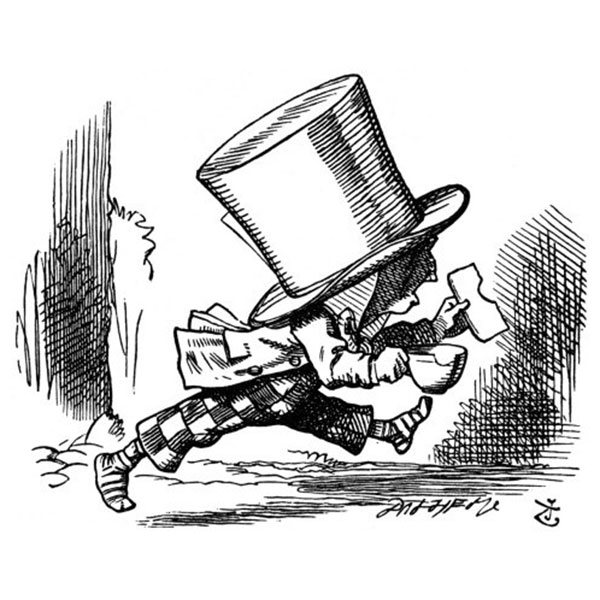
Mad Hatter Running
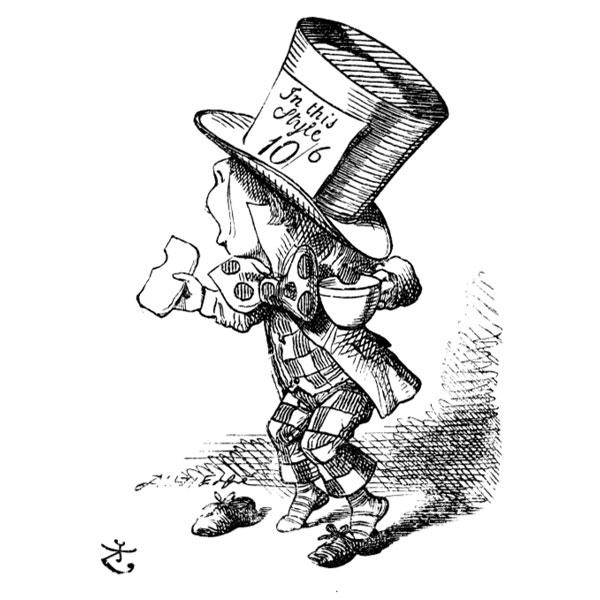
Mad Hatter with Tea
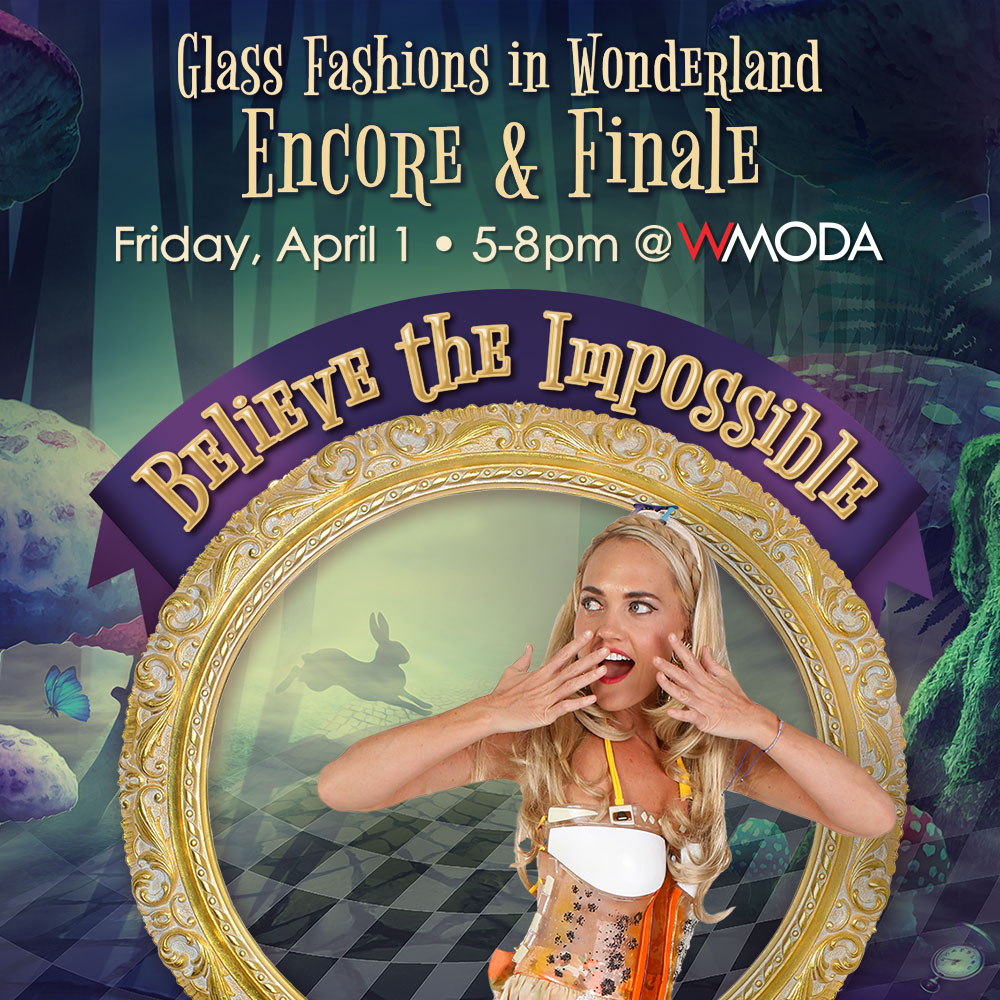
Believe the Impossible Glass Fashions in Wonderland Encore and Finale
